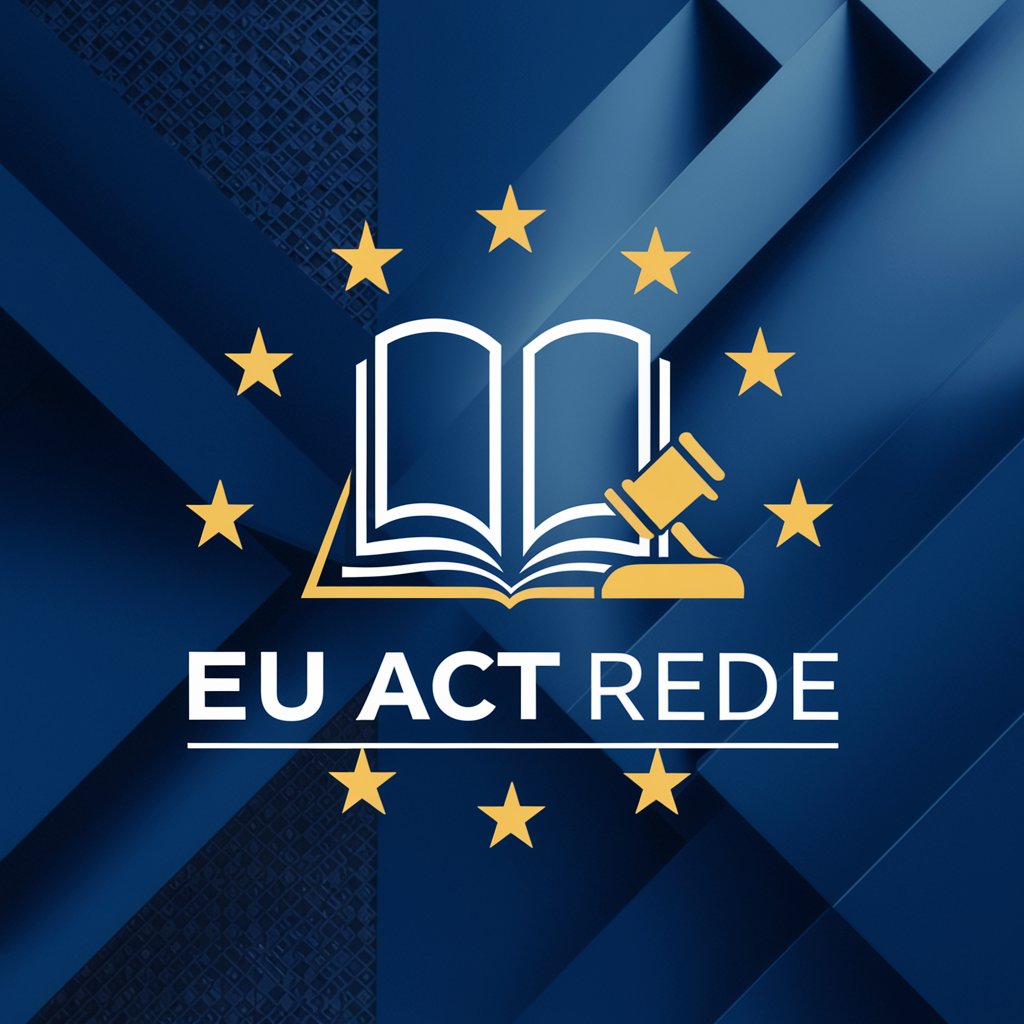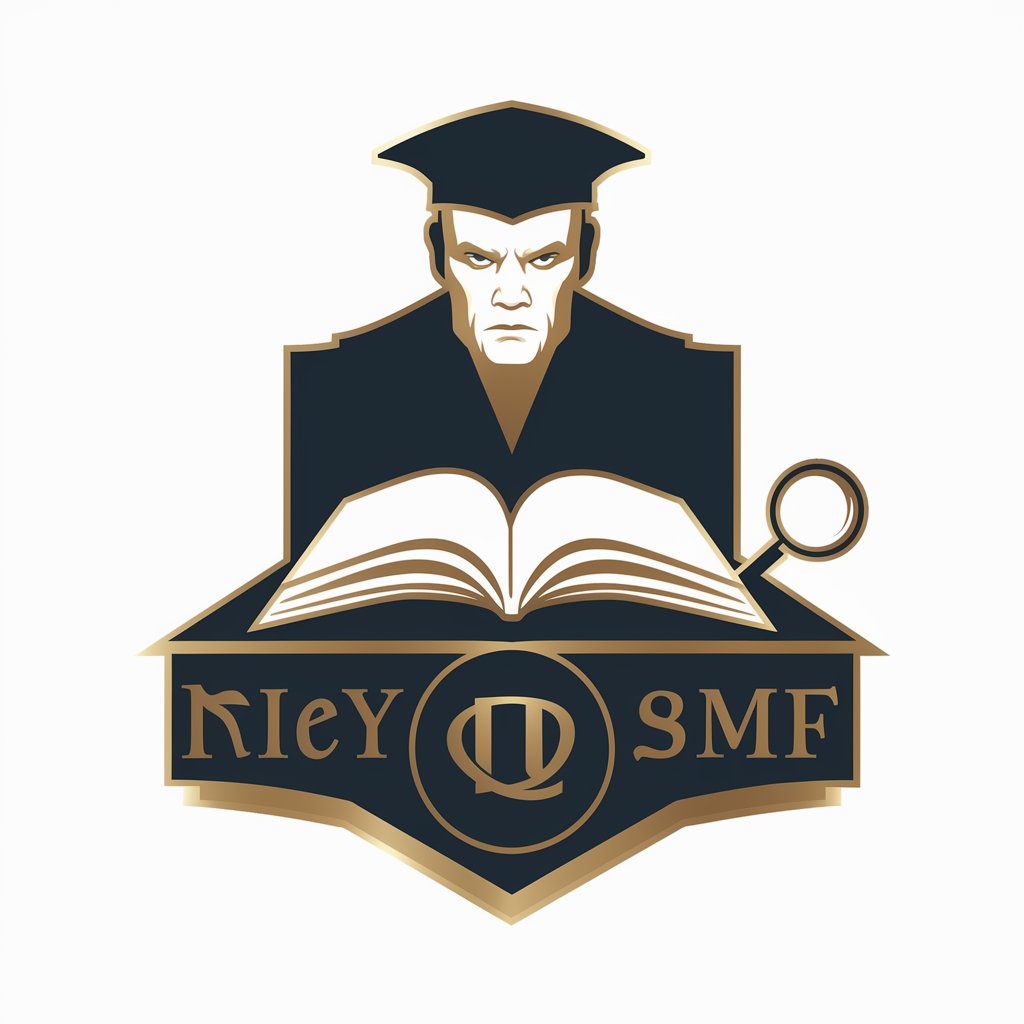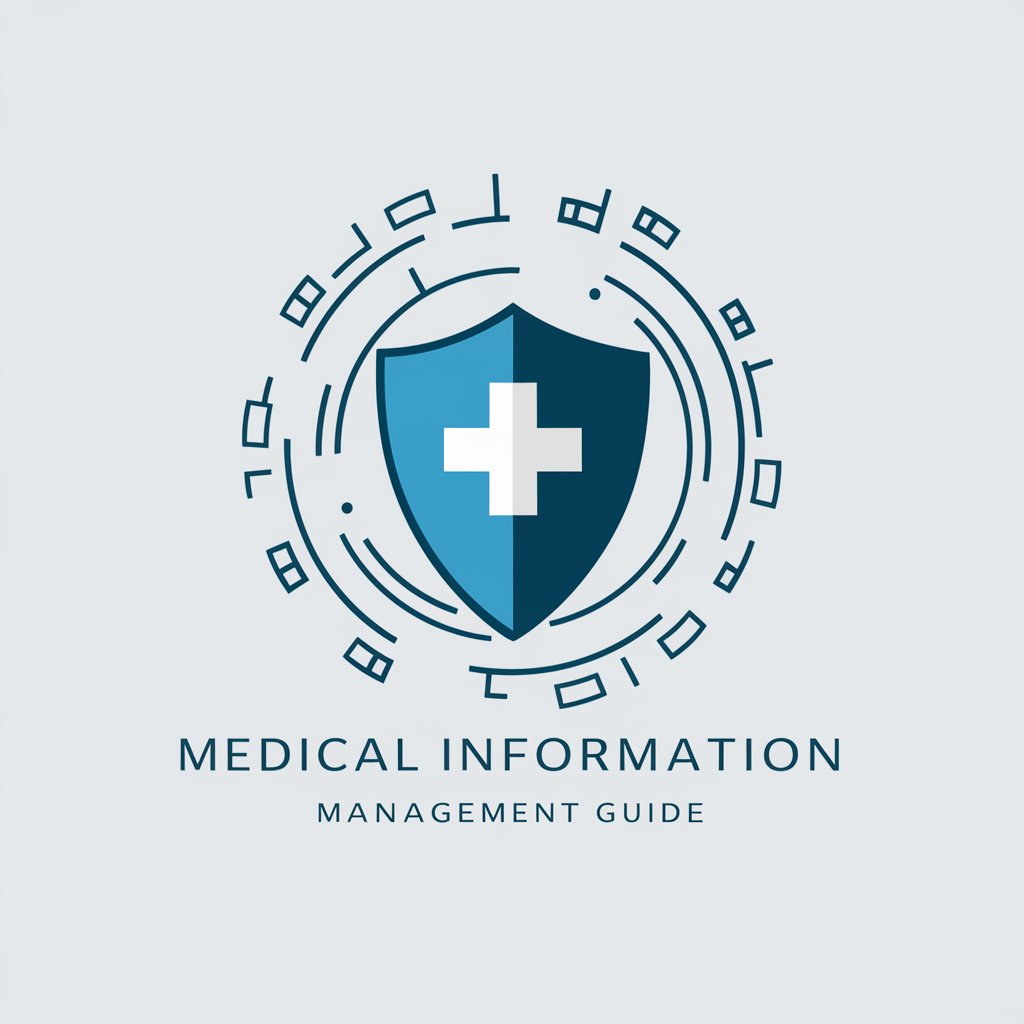
EU AI Act Reader - EU AI Act Insight

Welcome to the EU AI Act Reader. How can I assist you with the EU AI Act today?
Deciphering EU AI Regulations with AI
Explain the main objectives of the EU AI Act.
What are the key requirements for AI systems under the EU AI Act?
How does the EU AI Act define high-risk AI systems?
Describe the enforcement mechanisms of the EU AI Act.
Get Embed Code
Introduction to EU AI Act Reader
The EU AI Act Reader is a specialized digital tool designed to provide expert insights, explanations, and interpretations of the European Union's Artificial Intelligence Act. Its primary objective is to demystify the legal and regulatory framework surrounding AI technologies within the EU, making the complex legislation accessible and comprehensible to a wide range of users. The tool is structured to offer precise information retrieval, detailed analysis, and contextual understanding of the EU AI Act's provisions. For example, it can dissect the Act's classification of AI systems into risk categories, explain the compliance requirements for high-risk AI systems, and explore the implications for AI developers and users. Through these functionalities, the EU AI Act Reader aims to foster informed decision-making and compliance with EU regulations among stakeholders in the AI ecosystem. Powered by ChatGPT-4o。

Main Functions of EU AI Act Reader
Detailed Explanation of Provisions
Example
Explaining the criteria for 'high-risk' AI systems and the corresponding regulatory obligations.
Scenario
A software developer planning to launch an AI-based recruitment tool in the EU market uses the EU AI Act Reader to understand whether their product is classified as 'high-risk' and what measures they need to implement to ensure compliance.
Guidance on Compliance Strategies
Example
Offering strategies for documentation, risk assessment, and transparency requirements for AI systems.
Scenario
A healthcare organization utilizing AI for diagnostic purposes consults the EU AI Act Reader to develop a compliance roadmap, ensuring their AI tools meet the EU's stringent safety and transparency standards.
Interpretation of Legal Text
Example
Clarifying the legal language and intentions behind specific articles of the Act to aid understanding and application.
Scenario
Legal professionals specializing in technology law use the EU AI Act Reader to interpret complex clauses of the AI Act, aiding them in providing accurate advice to clients developing or deploying AI technologies.
Ideal Users of EU AI Act Reader Services
AI Developers and Tech Companies
This group benefits from understanding the legal framework to innovate responsibly, ensuring their AI products are compliant with EU regulations from the design phase through deployment.
Legal Professionals and Consultants
Lawyers, legal advisors, and consultants specializing in technology law can utilize the tool to stay informed on the latest regulatory requirements, enhancing their ability to offer sound legal advice and compliance strategies to clients.
Policy Makers and Regulatory Bodies
Individuals involved in crafting and enforcing AI policies can use the EU AI Act Reader to explore interpretations of the Act, benchmarking against international standards and ensuring regulations are effectively communicated and implemented.
Academics and Researchers
This user group benefits from the tool's comprehensive analysis for scholarly work, policy analysis, and educational purposes, contributing to a deeper understanding of the regulatory landscape surrounding AI technologies.

How to Use the EU AI Act Reader
1
Start by visiting yeschat.ai for an immediate experience without the need for login or a ChatGPT Plus subscription.
2
Familiarize yourself with the EU AI Act by reviewing a brief overview or summary available on the platform to understand its scope and relevance.
3
Utilize specific queries related to the EU AI Act, such as inquiries about compliance requirements, risk assessments, or regulatory definitions.
4
Explore use cases and examples provided by the EU AI Act Reader to see practical applications of the Act in various sectors.
5
For complex inquiries, consider breaking down your questions into more manageable parts and querying them individually for more focused responses.
Try other advanced and practical GPTs
モンスターブリーダー
Evolve your monster, battle and strategize!

インボイス探偵
Uncover Business Compliance with AI

Mystery at Ravenwood Manor
Unravel mysteries with AI-powered sleuthing

Code Reviewer Pro
Revolutionizing Code Quality with AI Insight

激詰め!学会予演会GPT
Deep Dive into Research Excellence

医療情報安全管理ガイドラインGPT
AI-powered Healthcare Security Advisor

Travel Companion
Tailor your journey with AI-powered insights

The Perfect Startuper
Empowering startups with AI-driven solutions

おいしい時短レシピ - 日本語版
Savor Japan's Flavors with AI-Powered Recipes

Creative Coding GPT
Unleash Creativity with AI-Powered Coding

秘密的迷宫 - Secret Labyrinth
Unravel History's Secrets with AI

Guerra Civil Española Guru
Unbiased historical insights at your fingertips.

Frequently Asked Questions about the EU AI Act Reader
What is the EU AI Act Reader?
The EU AI Act Reader is a specialized tool designed to offer concise, authoritative explanations of the EU AI Act, assisting users in understanding its provisions, compliance requirements, and implications for AI development and usage within the EU.
How can the EU AI Act Reader assist in compliance?
It provides detailed interpretations of the Act's clauses, helps identify the classification of AI systems under the Act's framework, and offers guidance on conducting risk assessments and implementing necessary compliance measures.
Can the EU AI Act Reader help in academic research?
Yes, it serves as a valuable resource for scholars, offering in-depth insights into the regulatory framework, facilitating analysis of legal texts, and supporting academic writings on AI governance and law.
Is the EU AI Act Reader suitable for legal professionals?
Absolutely. It aids legal experts in deciphering complex legal jargon, understanding regulatory nuances, and staying updated on AI-related legal standards, making it an essential tool for legal advisement and litigation preparation.
Can businesses use the EU AI Act Reader for operational planning?
Yes, businesses can leverage it to ensure their AI systems are in compliance with EU regulations, to inform strategic planning, and to mitigate legal risks by understanding the regulatory landscape around AI deployment.